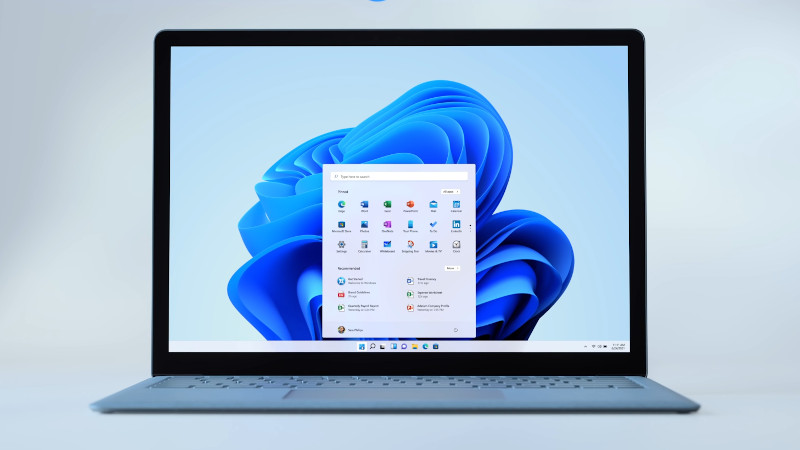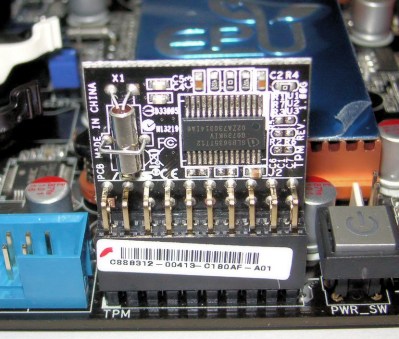The Great Windows 11 Computer Extinction Experiment

There was a time when a new version of Windows was a really big deal, such the launch of Windows 95 for which the tones of the Rolling Stones’ Start me up could be heard across all manner of media outlets. Gradually over years this excitement has petered out, finally leaving us with Windows 10 that would, we were told, be the last ever version of the popular operating system and thence only receive continuous updates
But here we are in 2021, and a new Windows has been announced. Windows 11 will be the next latest and greatest from Redmond, but along with all the hoopla there has been an undercurrent of concern. Every new OS comes with a list of hardware requirements, but those for Windows 11 seem to go beyond the usual in their quest to cull older hardware. Aside from requiring Secure Boot and a Trusted Platform Module that’s caused a run on the devices, they’ve struck a load of surprisingly recent processors including those in some of their current Surface mobile PCs off their supported list, and it’s reported that they will even require laptops to have front-facing webcams if they wish to run Windows 11.
Out With The Old And In With The New

It makes absolute sense for a new operating system to lose support for legacy hardware, after all there is little point in their providing for owners of crusty old Pentiums or similar. The system requirements dropping support for 32-bit cores for example mirrors Windows 95’s abandonment of the 286 and earlier chips that had run the previous version, Windows 3.1. But in this case it seems as though they have wielded the axe a little too liberally, because a lot of owners of not-too ancient and certainly still pretty quick hardware will be left in the cold.
In the past there were accusations of a Microsoft/Intel duopoly idea that revolved around the chipmaker and OS vendor conspiring to advance each other’s products, and some commentators have revived it for this launch. A comparison between the 1990s and the present isn’t an easy one to make though, because the difference between the capabilities of a 386 desktop of 1990 and a Pentium 3 of 1999 through a decade in which Moore’s Law was at its height is so much more than for example that between between the first Intel i7 and the latest one. Is this simply Microsoft’s attempt to break with the need for so much of the backwards compatibility in which Windows is mired, and define a new PC for the 2020s? It will be interesting to see when the OS does finally land whether or not it will in fact run on some of the lesser machines, simply without official support.
A New OS Shouldn’t Cause An E-Waste Crisis
![Burning cables to recover copper, Accra, Ghana. Muntaka Chasant [CC BY-SA 4.0]](https://hackaday.com/wp-content/uploads/2019/12/1280px-Agbogbloshie_Ghana.jpg?w=400)
It’s likely a greater-than-average number of Hackaday readers are already users of alternative operating systems such as GNU/Linux, but expecting an ordinary Windows user to install a Linux distro on their machine is a pipedream. Perhaps the real impact of the Windows 11 launch will be a large and slowly dwindling Windows 10 population and a new mountain forming in the e-waste breaking centres of the developing countries who can least afford to deal with the consequences. I think that a new OS should have a better legacy than that.
Post a Comment